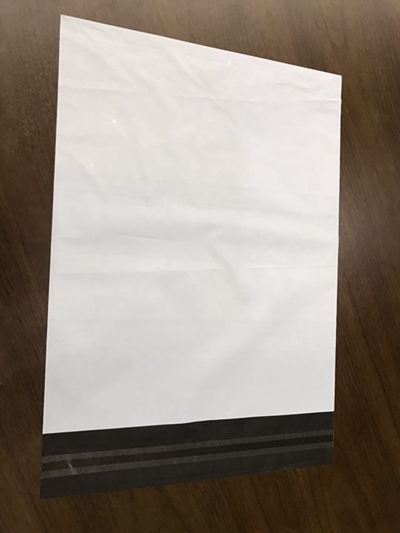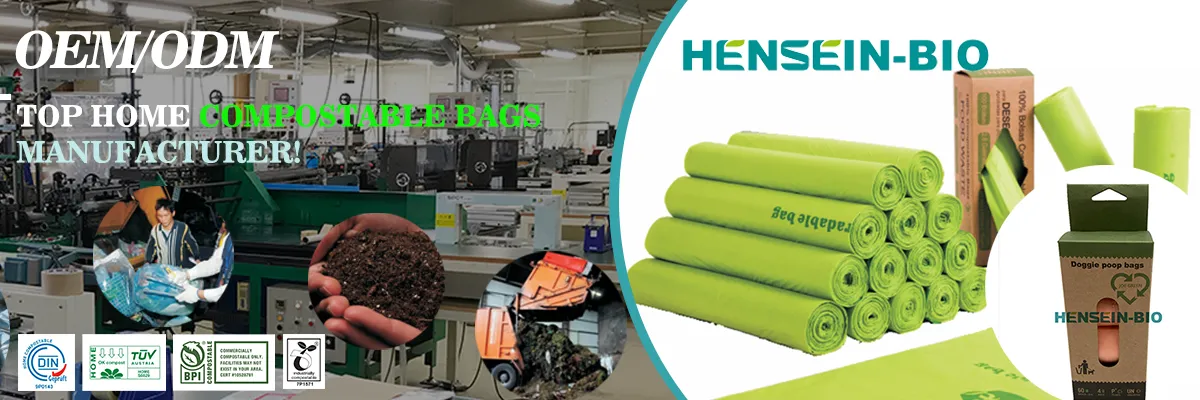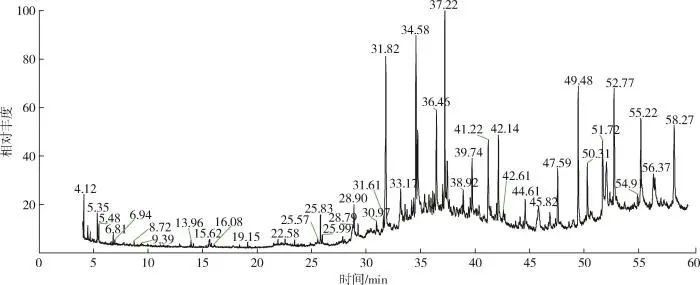
The characteristic odor components of the plastic mailing bags
Translate by Hensein team
Professor Yunnan Weng, from the School of Chemistry and Materials Engineering, Beijing Technology and Business University, deeply
studied the characteristic odor components of the plastic mailing bags, obtained the volatile odor components of the mailer bags
through liquid extraction method, and used the gas chromatography-mass spectrometer (GCMS).
The results showed that more than 30 substances were identified from the mailing bags, among which the highest relative mass scores
were alcohols and other compounds, which may have a key impact on the formation of special odor in the courier bags.
Plastic mailing bags are widely used by the logistics industry with the advantages of low price etc. In the production of envelope bags,
plasticizer, synthetic resin, thermal stabilizer, stains, fillers and flame retardant will be added. Plasticity, stabilizer, synthetic resin and
other ingredients make the mailing plastic bags have better stability and ductility, but also give the custom mailing bags a unique smell.
However, there are few studies on the volatile odor components of courier packing bags. Liquid-liquid extraction method is a soft and
comprehensive extraction of volatile components in the complex compound matrix, which can make the extract have the original natural
and real smell of the courier plastic bags, and is especially suitable for the identification and analysis of volatile substances in the more
complex industrial products such as express packaging bags. In order to clarify the volatile odor characteristics of express bags, this test
uses liquid-liquid extraction by integrated gas chromatography mass spectrometry (GC MS) to separate and identify the odor characteristics,
in order to provide a theoretical basis for the industrial production and use of express post bags.
Volatile odor components were extracted from mailer bags samples by liquid-liquidextraction and subjected to GC MS analysis.
The corresponding total ion flow chromatograms are shown in Figure 1.
And the GC MS identification results of poly mailers are shown in Table 1.
About HENSEIN-BIO
HENSEIN-BIO is a professional 17+ years manufacturer in producing Home compostable & biogegradable bags including garbage bags , trash bags ,poop bags, dog bags, T-shirt bags, shopping bags, produce bags, handle bags and so on. We own the certificates of SGS, EN13432,ASTM D-6400, FDA food grade certificate, support color /size customization.
Welcome to consult for Catalog and Product. you can contact us at email [email protected]


